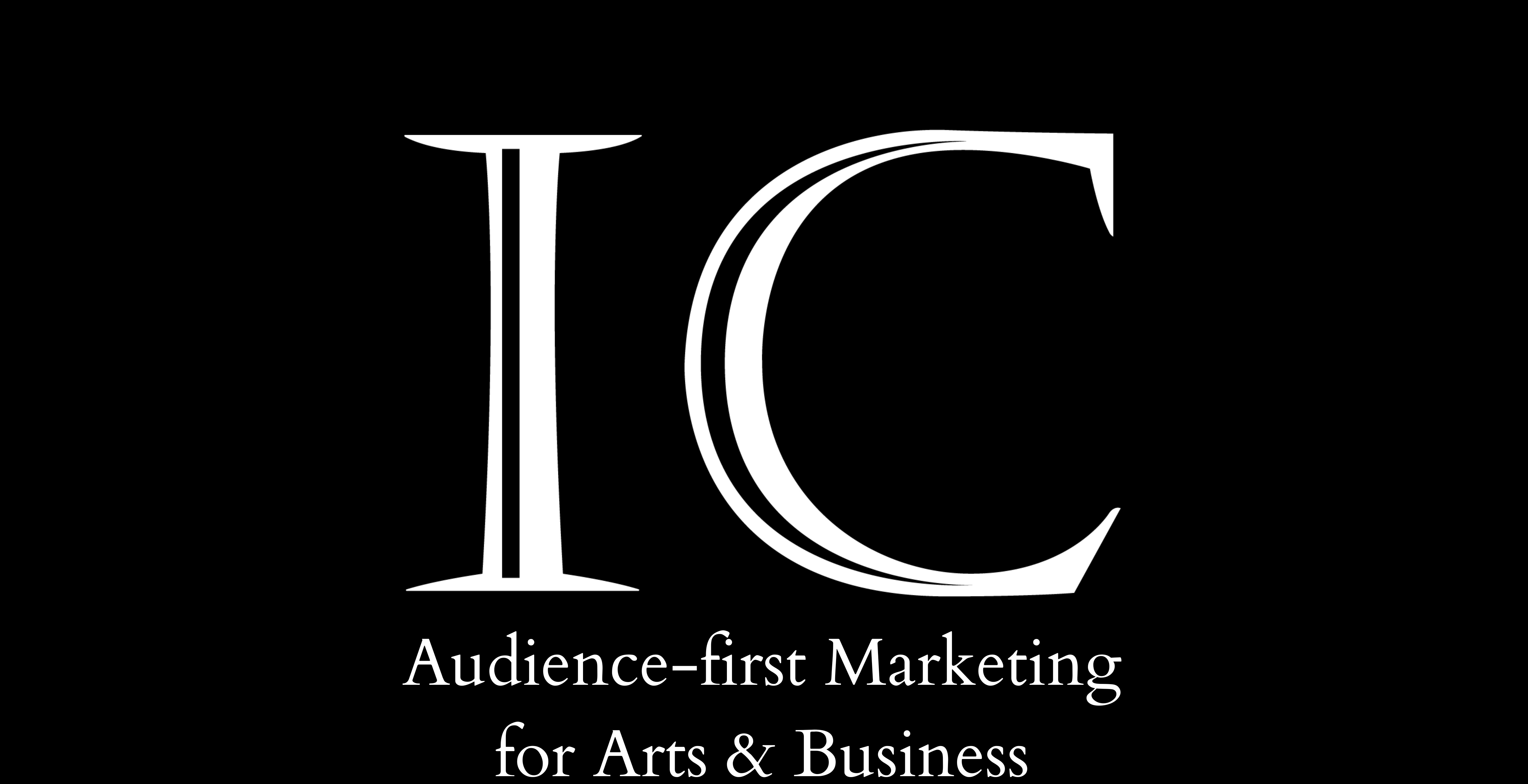A marketer and the arts...
10/09/2025
At Simply IC, we believe in audience-first marketing for arts and business. So when something doesn’t align with audience behaviour, we pay attention.
The Arts Council gives just over £22 million a year to the Royal Ballet and Opera. But when I went to see Semele directed by Oliver Mears in July, I booked a £275 seat for just £30 a week before the show. The seat map was wide open. Maybe 50% full.
I didn’t use a membership or loyalty scheme. I believe it was a quiet partner offer. Still, it made me ask: what exactly are we funding if seats are going unsold? If an art form is struggling to find audiences, are we supporting it the right way?
Let’s be clear: I’m not against public funding, or the Royal Ballet and Opera. I love live performance and attend often. But from a marketing perspective, it got me thinking...
Are audiences still engaged?
According to a Laidlaw Opera Trust survey, nearly half of Brits wouldn’t notice if all opera houses shut down. Just 10% of over-55s even consider attending. Pricing remains a major barrier. Meanwhile, Arts Council England’s own data shows ballet audiences grew between 2008 and 2012, but opera attendance declined.
So, while money flows into these major institutions, public interest moves elsewhere. This isn’t just a funding issue, it’s a relevance issue.
So why are smaller companies selling out?
Here’s what struck me: last weekend I saw Le Carnaval de Venise by Vache Baroque, a startup company performing in Buckinghamshire. It was sold out, during a tube strike.
How can a small, relatively unknown company pack a house when one of the most funded institutions in the UK can’t? That contrast should make any marketer pause.
The answer isn’t necessarily to defund one and fund the other. But it highlights a growing disconnect between the work being made and the audiences who (don’t) show up.
Marketing’s role in the future of the arts
From a marketing perspective, these are the questions we need to ask more loudly:
- Are we building work people want to attend, or expecting them to fit outdated formats?
- Are our messages focused on accessibility and relevance, or just prestige?
- Is pricing a barrier or a bridge?
- What does audience development mean in a time of rapid change?
The Arts Council’s Let’s Create strategy aims to make the arts “more open, more inclusive, and more relevant to more people.” That’s a solid vision. But delivery must go beyond preserving legacy institutions. It has to start with understanding audiences - where they are now. Marketing can bridge the gap between tradition and innovation, between funding and attendance, between subsidy and sustainability.
Final thought
Audiences are the ultimate measure of success. If the seats are empty, the message isn’t landing, or the product isn’t right.
As marketers, we have a responsibility to make that connection clearer, stronger, and more compelling. If we want the arts to thrive, we can’t just fund what was, we have to market what’s next.
At Simply IC, we understand and embrace these challenges. Different organisations need different solutions. Messaging matters, trends shift, and relevance is everything. We're here to help you stay connected, clear, and compelling, whatever your audience looks like.
If you want to see how different these solutions can be, take a look through some of our case studies.
